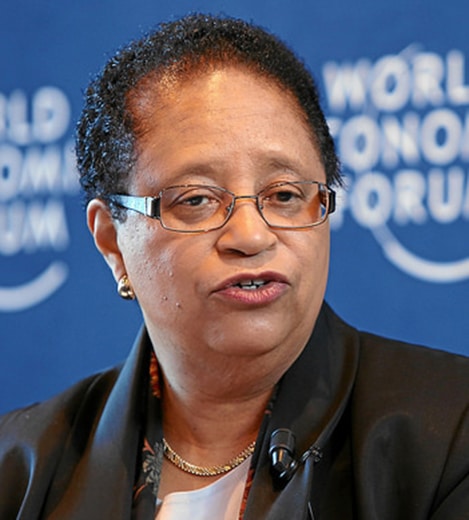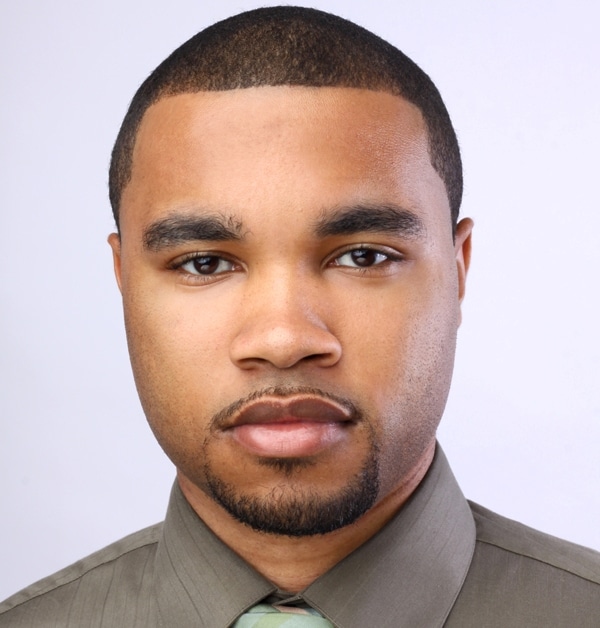Three giants in the technology sector recently released their diversity reports. Google, Yahoo, and Facebook proved what we have long suspected: Diversity in technology is almost non-existent.
As a Black person, I was very interested in the representation of Blacks at these companies. While the number was the lowest of the four non-white ethnicties (Asian, Hispanic, Black, and multiracial), I was surprised to find that the number was the same at all four companies: 2 percent.
No other ethnic group had such uniformly low level of representation. My surprise increased when I saw the wide variation in the most represented groups, whites and Asians. There was an 11 point difference between the highest representation of whites (61 percent at Google) and the lowest (50 percent at Yahoo).
There was a nine point difference between the highest representation of Asians (39 percent at Yahoo) and the lowest (30 percent at Google). How can there be such a wide point-spread among whites and Asians, but the exact same percentage for Blacks? Can it be an accident that Blacks are at 2 percent across all four companies? Is it by chance that Blacks are the least represented minority group?
Contrast the extremely low representation of Blacks in technology with areas where Blacks are over-represented. I can think of two: sports and the prison system. We clearly see an excess of Black athletes and Black prisoners. I think this is because Blacks are valued for our athletic skills, but we also have to cope with a criminal justice system that unequally targets and imprisons us.
Is it possible that we can increase the representation of Blacks in technology by combining the forces of skill appreciation (used in sports) and systematic recruitment (used in the criminal justice system)? I think that not only is this possible, but it’s the only way to solve the 2 percent diversity problem in technology.
Improving the appreciation of the technology skills of Blacks and setting up a system for aggressively recruiting them into tech careers will require a change in how Blacks are viewed by employers. This can be done by implementing three kinds of visibility improvements: media, entrepreneurship, mentorship. Blerds are instrumental to making these improvements.
Visibility in Media
The media is a powerful force for changing perceptions. That’s why media companies are multibillion dollar operations. If we can get more Blerds involved in both traditional and new media, then we can help connect Blacks to the areas of science, technology, engineering, and mathematics. That’s why having astrophysicist Neil deGrasse Tyson as host of the television series Cosmos was such an important accomplishment. We need more Blerds hosting science and technology shows as well as working behind the camera to write and produce these types of series.
Visibility in Entrepreneurship
The technology world is filled with the romance of the startup. We thrive on replicating the success of Bill Gates, Steve Jobs, and Mark Zuckerberg. Although most startups fail, we worship those who fight for and achieve multiple rounds of venture capital funding. Of course, the vast majority of those seeking funding and providing funding are white males.
If we can get more people of color — like Tristan Walker, the founder of Bevel — positioned as startup founders and providers of capital, then we can establish Blacks with a seat at the table. I’m convinced that there are Blerds across the country who can make the leap into entrepreneurship. We just need to encourage them to do so.
Visibility in Mentorship
Most successful people can point to someone who invested in their success. These mentors took time to share their expertise and experiences to provide that boost that everyone needs to make progress. Most Blerds are introverts, but that introversion needs to be removed as an impediment to investing in other people (especially other Blerds).
I try to dedicate a few hours a week to mentoring of people of color in technology. I often do this through informal calls, emails, and lunches. Blerds can’t wait for others to ask us for mentorship. We need to proactively identify people we can help and start providing them the help that they need.
Improving the 2 percent representation of Blacks in technology will take an investment of time and resources. However, Blerds can work in the realms of media, entrepreneurship, and mentorship to improve the appreciation of the technology skills of Blacks and set up a system for getting ourselves recruited into tech companies. By doing this, we will steadily see results. After all, it has worked well in sports and our criminal justice system, and we can reposition that effectiveness for positive change.
Anjuan Simmons has worked in the technology industry for over two decades. He is also the author of “Minority Tech: Journaling Through Blackness and Technology” (http://www.MinorityTech.com). You can find out more about him at http://www.AnjuanSimmons.com.








